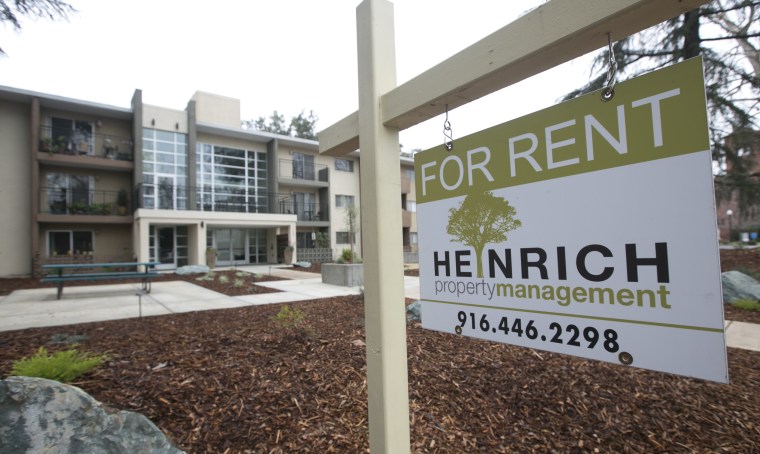Homebuyers in the grip of a tightening housing market have yet more cause for concern: Against the backdrop of higher mortgage rates, new data shows that rental rates continue to climb.
Real estate platform Zillow.com reported that rents in February increased by an annualized 2.8 percent, the fastest growth rate in nearly two years. The median rent nationwide is now $1,445, and renters are squeezed on both ends: Sluggish wage growth means their paychecks haven’t kept up with rent increases — which have been climbing since the recovery began — and saving for a down payment becomes harder if their housing costs continue to rise.
“Rents are accelerating again,” said Zillow senior economist Aaron Terrazas, who blamed a lack of supply for the increase. “People who have been out there trying to buy are just not finding anything or being outbid and, as a result of that, renting longer,” he said.
Both Zillow and real estate software and analytics firm RealPage flagged Sacramento as the city with the fastest-rising rents, with each finding that rents have risen by 8 percent over the past year. (RealPage, which finds annual rent growth of 2.5 percent, focuses on apartments rather than single-family home rentals.) According to Zillow, the median rent in Sacramento now is $1,445.
In Sacramento as well as elsewhere around the country, new apartment buildings aren’t being built fast enough to keep up with the demand, and much of the construction that is occurring is of luxury apartments, effectively pricing out middle-class renters.
“What’s coming online is high-end, luxury product. It’s expensive, so we’re adding high-priced inventory,” said Greg Willett, chief economist at RealPage.
“I don’t really see the inventory dynamic shifting over the next year,” Terrazas said. “Without new inventory, prices are going to continue pushing upwards.”
This could have longer-term implications for renters whose long-term goal is homeownership. Especially in the primarily West Coast cities where increases are above the national average, these residents are racing the clock as the cost of borrowing increases.
“I do think we are moving back in a phase where there’s a growing demand for rentals because affordability is projected to deteriorate with interest rates rising,” Terrazas said.
According to Bankrate data, both 30- and 15-year mortgage rates are on the rise. While still low by historical standards, the average rate for a 30-year fixed mortgage is currently 4.33 percent. Bankrate says this calculates out to monthly payments of $496.63 for each $100,000 borrowed.
Assuming the economy improves and the Federal Reserve stays the course with its plan for rate increases, these figures will continue to climb. Unfortunately, so will rents, Willett predicted. “Certainly we would anticipate that the pricing is going to continue to go up over the next few years,” he said.
